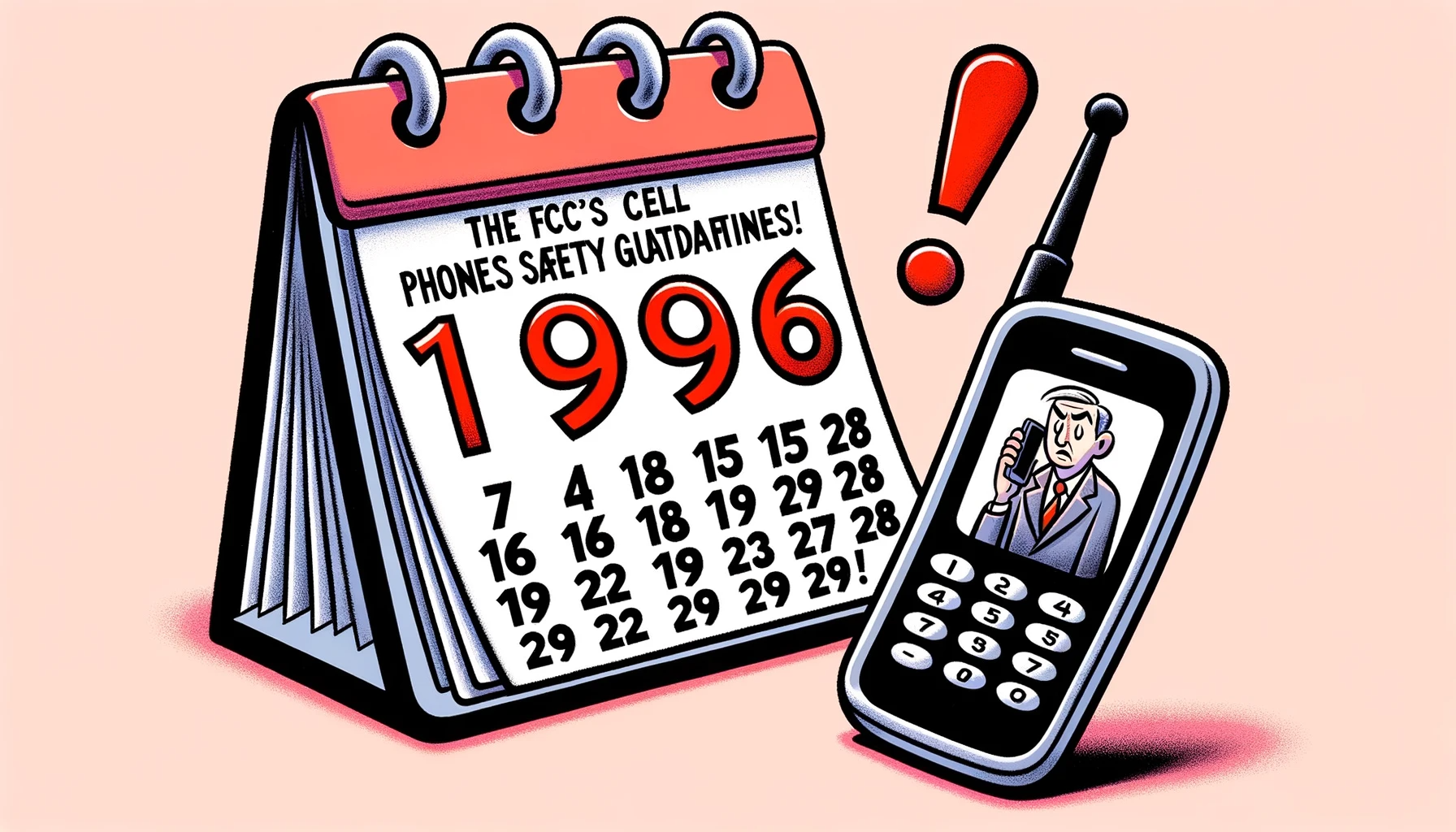The recent ruling by the US Court of Appeals, which found that the Federal Communications Commission’s (FCC) guidelines for exposure to radiofrequency (RF) radiation are based on an outdated physics principle, highlights the need for more comprehensive and up-to-date standards that take into account the latest scientific research.
The FCC’s guidelines, which were last updated in 1996, are based on the assumption that RF radiation only causes harm through thermal effects, which means that it can only cause damage by heating the body’s tissues. However, this view is no longer tenable given the growing body of research that shows that RF radiation can cause biological harm at lower levels.
This outdated view is based on the physics principle that only ionizing radiation, such as X-rays and gamma rays, can cause harm by ionizing atoms and molecules in the body and damaging DNA. Non-ionizing radiation, such as RF radiation, was thought to be harmless as it lacked the energy required to ionize atoms and molecules. However, recent studies have shown that non-ionizing radiation can cause harm through other mechanisms, such as altering cell membranes, inducing oxidative stress, and disrupting the body’s natural processes.
Moreover, the court found that the FCC had failed to consider the latest scientific evidence on the effects of RF radiation, including the findings of the National Toxicology Program’s study, which showed that exposure to RF radiation can cause cancer in rats. The court also criticized the FCC for failing to take into account the World Health Organization’s classification of RF radiation as a possible carcinogen.
The outdated physics principle on which the FCC’s guidelines are based is therefore inadequate for protecting public health and safety. The guidelines only take into account the thermal effects of RF radiation, which means that they are not sufficiently protective of the public, given the growing evidence of biological harm caused by RF radiation at lower levels.
In conclusion, the court’s ruling highlights the need for more comprehensive and up-to-date standards for exposure to RF radiation. The outdated physics principle on which the FCC’s guidelines are based is no longer tenable given the growing body of scientific evidence on the effects of RF radiation. It is therefore important that regulators and policymakers take into account the latest research on the health effects of RF radiation and adopt more comprehensive standards that adequately protect public health and safety.








